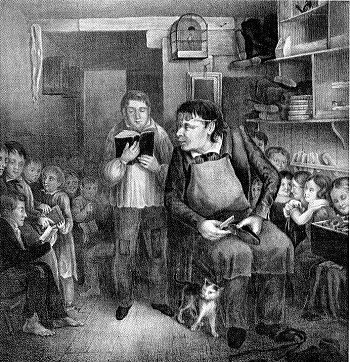The scandal of building houses with public money and then selling them off where they end up in the hands of private landlords who make massive profits is seldom publicized. However,the Daily Mirror (5 March 2013) has done us an important service in highlighting this untenable situation:
We are fortunate in having a district councillor who opposes unfair rent increases. A year ago I wrote to Penny Otton saying:.... Meanwhile, the private rented sector has almost doubled in a decade and 8.5 million people are tenants – one in six households.Experts link the crisis to Mrs Thatcher’s decision to sell off council homes to tenants at a discount.Right-to-buy proved popular, but our investigation has found 30 years later, the next generation has not benefited.Controversially councils were not allowed to spend the cash on building more homes.We used the Freedom of Information Act to ask city councils how many of their ex-flats, where they still own the freehold, were being sub-let by the leaseholder.The 13 that responded told us in 32% of the properties, the leaseholder had an “away address” for correspondence – a clear sign the flat was being rented out.
Just to say how much I support your stance opposing rent increases at this time.
Don’t fully understand all the ramifications of housing policy but it strikes me that if this increase goes ahead we will see more defaulting on rent payments, more debt and greater reliance on housing benefit. Seems to me that we need policies which keep rents lower across the board.
Apparently private rents went up last year by 4.3% Private landlords will make a killing while the Government picks up the bill for benefits – looks to me like money going straight from public coffers into private ones. With rents kept high because of housing shortage any policy of converging public with private rents has to be unfair and plays into the hands of rentier capitalists in the short term and fails to look to long term improvements.Earlier this year I carried out some research after a parish councillor argued for higher rents for council house tenants. The following is the summary that I circulated to members of the council.
Rents increased in this sector 3.1% last year. When you read that average wages/salaries went up by only 2.1% in the same period you realise how some people are feeling the pinch. See BBC report. http://www.bbc.co.uk/news/business-25347403
In some occupational areas like Health, workers have seen a drop in wages of over 12% if this report is accurate. Another report states that workers in Britain's public sector are £23 a month worse off this month compared with this time last year (in real terms).
See http://www.theguardian.com/business/2014/jan/20/uk-pay-squeeze-public-sector-manufacturing.
Such workers who are tenants in Felsham will find an increase of £13.40 a month quite a challenge when you also realise that food and other costs are increasing considerably. (Oddly enough, my enquiries came up with an unspecified, but doubtless, considerable increase in Housing Association rents in Felsham:“The housing regulator maximum increase for the for the period 01/04/2013 – 31/03/2014 is +3.1% plus £2 per week (£8.67 per calendar month)” [Orwell Housing]) Nationally, commercial rents continue to rise and have reached quite extraordinary levels though I have no figures for our local area. Renting privately when 43% of your income goes on housing costs, compared with 19% spent by mortgage owners, is a disgraceful state of affairs. See: http://blog.shelter.org.uk/2013/03/boost-wages-or-cut-rents/
Rents in the Association and Social housing sectors will only become manageable when commercial rents are regulated. Not only should we regulate private rents we need to allow councils to build thousand of new homes, reducing reliance on extortionate private rents and thus reduce public subsidies to landlords through the housing benefit scandal. At this time, when the Coalition government is waging war on the poor, should we be raising rents at all? If you think I am exaggerating the current state of affairs check out this local story which gives an indication of what is happening in our (relatively wealthy) neck of the woods:
http://www.eadt.co.uk/news/st_edmundsbury_council_spends_215_000_on_bed_and_breakfasts_for_the_homeless_1_3253577




.jpg)
.jpg)

.jpg)
